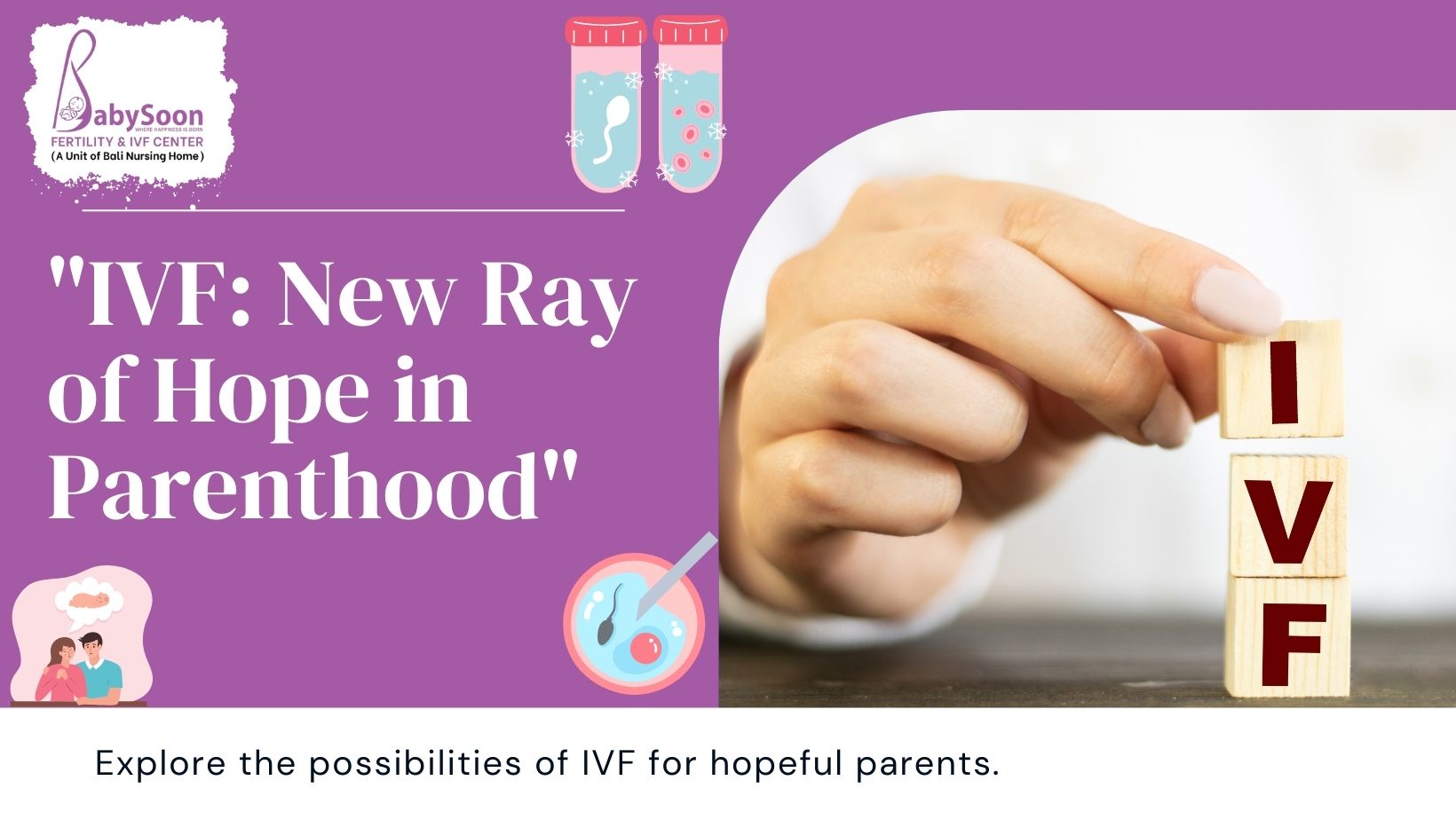Overview
Modern healthcare systems and related technologies have paved the way for curing and providing solutions for a number of health problems. One such case can be that of infertility. For years, infertility has left couples questioning if they can ever fulfil their wish of having their own little one. Lack of awareness, myths and the stereotypes surrounding their treatment options has often been the reason for not reaching out for help actively.
What is IVF and how does it help people facing infertility?
IVF (In vitro fertilization) is an advanced treatment option through which many couples are able to start their journey of parenthood. In simple terms, IVF is a medical procedure to help people have a baby when they're having difficulty conceiving naturally. It involves fertilizing an egg and sperm outside the body in a laboratory dish/tube to create an embryo. Therefore it derived a popular term called Test tube baby. The embryo is then placed into the uterus to hopefully result in a successful pregnancy.
Why do people opt for IVF?
People opt for IVF for various reasons, including infertility due to issues like
- Blocked Fallopian Tubes,
- Low Sperm Count,
- Age-Related Fertility Decline,
- Unexplained Infertility,
- Endometriosis,
- Male Fertility Issues,
- Recurrent Pregnancy Loss,
- Preservation of Fertility Before Medical Treatments like Chemotherapy, and more.
What are the steps of IVF treatment?
Below are the steps of IVF treatment:
- Ovarian Stimulation: Medications are given to stimulate the ovaries to produce multiple eggs.
- Egg Retrieval: Mature eggs are collected from the ovaries through a minor surgical procedure.
- Fertilization: The eggs are combined with sperm in a lab dish to achieve fertilization.
- Embryo Culture: Fertilized eggs develop into embryos in a laboratory setting.
- Embryo Transfer: One or more embryos are transferred into the uterus.
- Pregnancy Test: Approximately two weeks later, a pregnancy test is done to check for implantation.
To summarise, we can say that IVF is a modern solution for infertility and has been a boon to many couples across the world. It is a ray of hope in the lives of many who wish to pursue parenthood, providing a path forward where challenges once seemed insurmountable.













